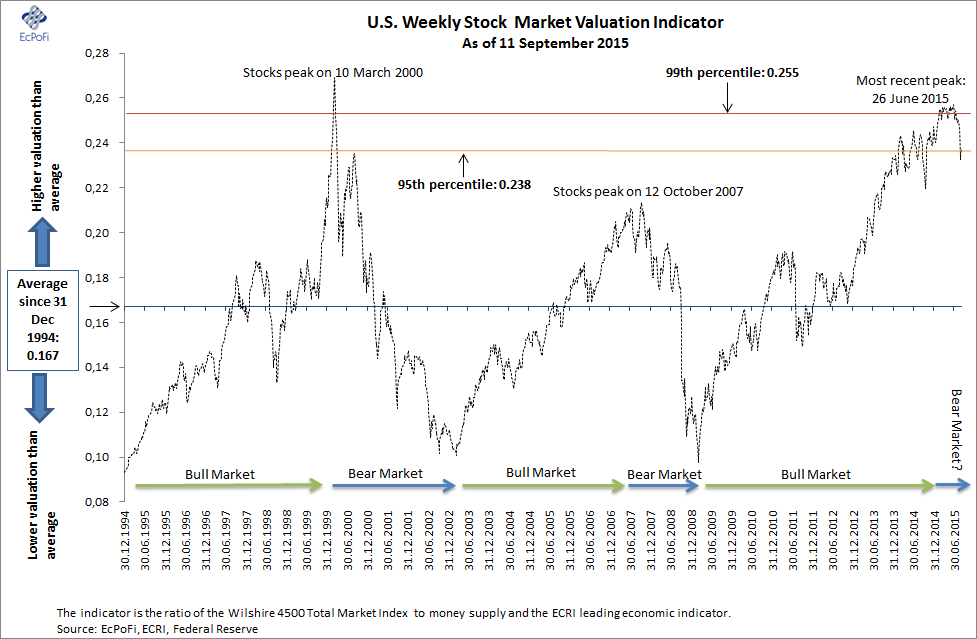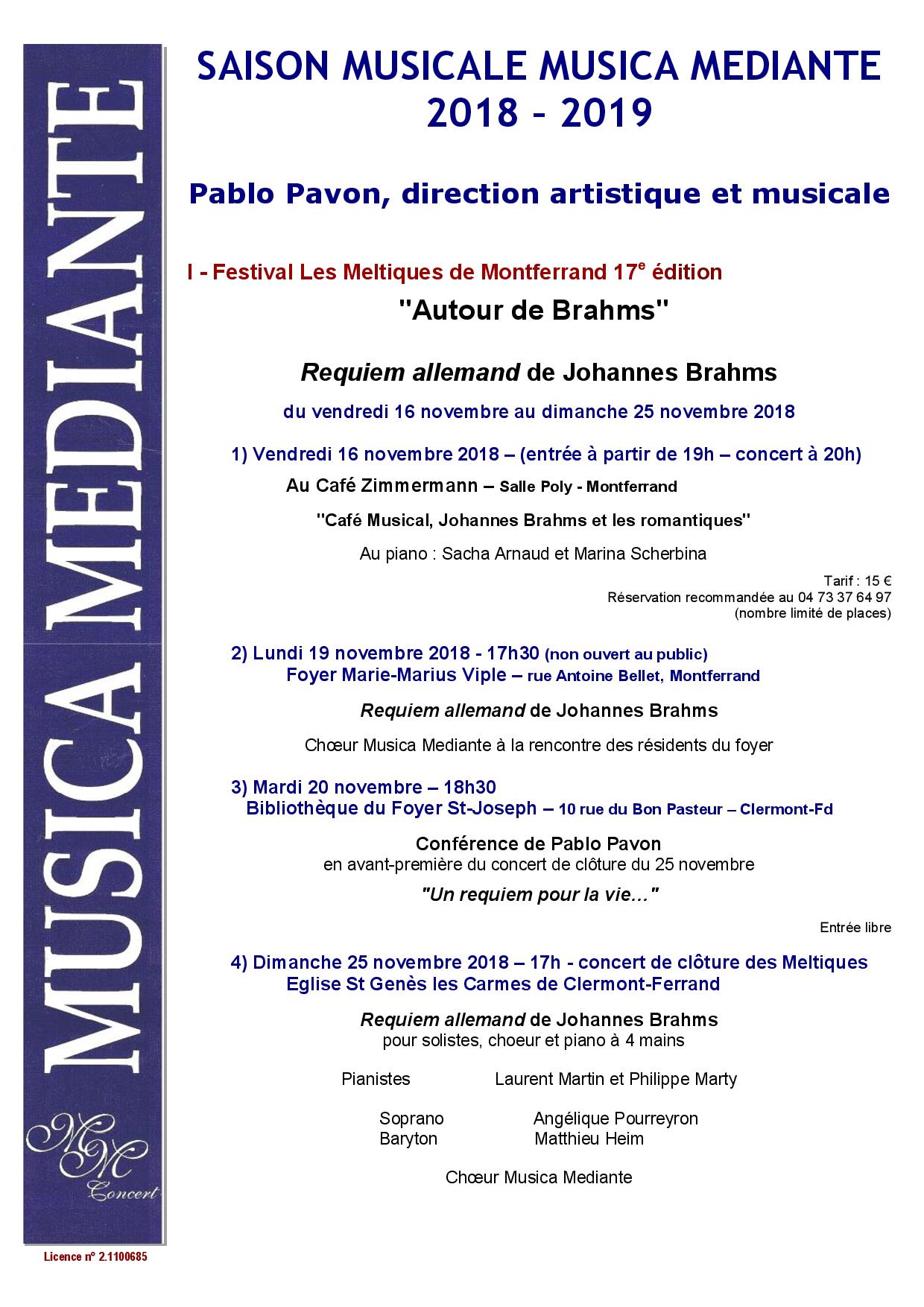Analyzing The Financial Success Of Major Music Festivals

Table of Contents
Revenue Streams of Major Music Festivals
The financial health of a music festival hinges on diverse revenue generation strategies. Let's explore the key streams:
Ticket Sales
Ticket sales form the backbone of most festival revenue. Strategic pricing is crucial.
- Early bird discounts: Incentivize early bookings and generate initial cash flow.
- VIP packages: Offer premium experiences at higher price points to maximize revenue per attendee.
- Single-day vs. multi-day passes: Cater to different attendee preferences and budgets, optimizing overall sales.
- Ticket platforms: Choosing the right platform (e.g., Ticketmaster, Eventbrite) impacts transaction fees and reach.
Successful strategies include tiered pricing based on demand and analyzing past sales data to predict demand and adjust pricing accordingly. For example, analyzing data from previous years can reveal which days typically sell out faster, allowing organizers to adjust pricing strategies.
Sponsorships and Brand Partnerships
Sponsorships significantly contribute to a festival's bottom line. Securing brand alignment is key.
- Naming rights: A major sponsor might pay for naming rights to the festival itself or key stages.
- Product placement: Integrating brand products visibly throughout the festival grounds.
- Experiential activations: Creating interactive brand experiences for attendees.
Assessing the ROI of each sponsorship package is vital. For example, a data-driven approach to measuring brand awareness and engagement resulting from sponsorship can inform future partnerships.
Merchandise Sales
Festival merchandise is a significant revenue source, offering high profit margins.
- Branded apparel: T-shirts, hoodies, and hats are always popular.
- Accessories: Posters, hats, and other branded items.
- E-commerce: Offering online sales extends the sales window beyond the festival dates.
Effective inventory management minimizes waste and maximizes profits. Analyzing sales data from previous festivals can help predict merchandise demand.
Food and Beverage Sales
Food and beverage sales can generate substantial profits, but careful management is needed.
- Vendor selection: Choosing vendors offering diverse, high-quality food options at competitive prices.
- Contract negotiations: Securing favorable terms with vendors while ensuring a positive attendee experience.
- Waste minimization: Implementing strategies to reduce food waste.
The selection of food and beverage options directly impacts attendee satisfaction and can influence return visits.
VIP Experiences and Add-on Services
Upselling opportunities significantly boost revenue.
- Luxury add-ons: Premium camping, backstage access, exclusive meet-and-greets.
- VIP packages: Bundling several premium services into a single package.
Analyzing the profitability of these additional services helps optimize pricing and offerings.
Cost Analysis of Major Music Festivals
Managing costs is as important as generating revenue. Let's examine the major expense categories:
Artist Fees
Negotiating artist fees is a delicate process.
- Popularity and genre: Headliners command significantly higher fees than emerging artists.
- Artist riders: Managing artist demands (backstage amenities, transportation, etc.) efficiently.
Utilizing a mix of established and emerging artists can help balance budget and create a diverse lineup.
Venue Rental and Infrastructure Costs
Venue costs significantly impact overall expenses.
- Venue capacity and amenities: Larger venues with better amenities come at a higher cost.
- Stage production: Lighting, sound, and video production represent a substantial investment.
- Security: Providing a safe environment requires significant security personnel and equipment costs.
Negotiating favorable venue contracts and exploring cost-effective infrastructure solutions are crucial.
Marketing and Promotion Expenses
Effective marketing drives attendance.
- Digital marketing: Utilizing social media, email marketing, and online advertising.
- Traditional media: Radio, print, and television advertising.
- Public relations: Securing media coverage to increase awareness.
Analyzing the ROI of different marketing channels is critical to optimizing the marketing budget.
Permits, Licenses, and Insurance
Legal compliance is non-negotiable.
- Event permits: Obtaining all necessary permits from local authorities.
- Liquor licenses: If alcohol is served, appropriate licenses are required.
- Insurance: Comprehensive insurance coverage protects against unforeseen circumstances.
Failing to obtain necessary permits and licenses can result in significant fines and legal issues.
Staffing and Operations Costs
Efficient staffing is crucial for smooth operations.
- Staffing: Hiring qualified personnel for various roles (ticketing, security, medical, etc.).
- Volunteer recruitment: Utilizing volunteers to reduce labor costs.
- Logistical management: Efficient planning and execution of all logistical aspects.
Optimizing operational efficiency minimizes costs without compromising quality.
Key Performance Indicators (KPIs) for Financial Success
Tracking KPIs provides crucial insights into a festival's financial health.
Profitability Margins
Calculating profit margins helps assess overall financial success.
- Profit margin formula: (Revenue - Costs) / Revenue * 100%
- Benchmarking: Comparing margins to industry standards.
Analyzing historical data reveals trends and allows for informed decision-making.
Attendance Rates
Accurate attendance projections are vital for effective budgeting.
- Attendance forecasting: Utilizing historical data and market research to predict attendance.
- Managing fluctuations: Developing contingency plans to handle variations in attendance.
Accurate forecasting minimizes financial risks.
Customer Satisfaction
Positive attendee experiences encourage return visits and positive word-of-mouth marketing.
- Feedback mechanisms: Implementing surveys, online reviews, and social media monitoring.
- Improving attendee experience: Addressing issues raised through feedback and enhancing festival amenities.
Return on Investment (ROI)
Measuring ROI helps assess the effectiveness of investments.
- ROI calculation: (Net Profit / Total Investment) * 100%
- Analyzing ROI by area: Evaluating the effectiveness of investments in marketing, artist fees, etc.
Conclusion: Analyzing the Financial Success of Major Music Festivals – Key Takeaways and Next Steps
Analyzing the financial success of major music festivals involves a multifaceted approach encompassing diverse revenue streams, meticulous cost management, and the close monitoring of key performance indicators. Comprehensive financial planning, informed decision-making based on data analysis, and a deep understanding of the festival market are crucial for success. To further enhance your understanding of analyzing the financial success of major music festivals and refine your festival planning and management strategies, explore resources on festival budgeting and financial modeling.

Featured Posts
-
 Stock Market Valuation Concerns Bof As Perspective And Investor Guidance
May 18, 2025
Stock Market Valuation Concerns Bof As Perspective And Investor Guidance
May 18, 2025 -
 Snl Audiences Profanity Laced Reaction To Ego Nwodim Sketch
May 18, 2025
Snl Audiences Profanity Laced Reaction To Ego Nwodim Sketch
May 18, 2025 -
 Snl Controversy Audience Profanity During Ego Nwodim Sketch
May 18, 2025
Snl Controversy Audience Profanity During Ego Nwodim Sketch
May 18, 2025 -
 Urgent Safety Review For 9 Nyc Bridges In Wake Of Baltimore Bridge Failure
May 18, 2025
Urgent Safety Review For 9 Nyc Bridges In Wake Of Baltimore Bridge Failure
May 18, 2025 -
 Former Colleague Reveals Stephen Millers Disturbing Conduct
May 18, 2025
Former Colleague Reveals Stephen Millers Disturbing Conduct
May 18, 2025
Latest Posts
-
 Spectacle Onet Le Chateau Christophe Mali En Concert
May 18, 2025
Spectacle Onet Le Chateau Christophe Mali En Concert
May 18, 2025 -
 Onet Le Chateau Christophe Mali Cloture La Saison Musicale
May 18, 2025
Onet Le Chateau Christophe Mali Cloture La Saison Musicale
May 18, 2025 -
 Saison Culturelle Onet Le Chateau Le Concert Final Avec Christophe Mali
May 18, 2025
Saison Culturelle Onet Le Chateau Le Concert Final Avec Christophe Mali
May 18, 2025 -
 Concert Onet Le Chateau Christophe Mali En Tete D Affiche
May 18, 2025
Concert Onet Le Chateau Christophe Mali En Tete D Affiche
May 18, 2025 -
 Dziennikarze Onetu Pozwani Przez Panstwowa Spolke Kwota Sporu 100 000 Zl
May 18, 2025
Dziennikarze Onetu Pozwani Przez Panstwowa Spolke Kwota Sporu 100 000 Zl
May 18, 2025
